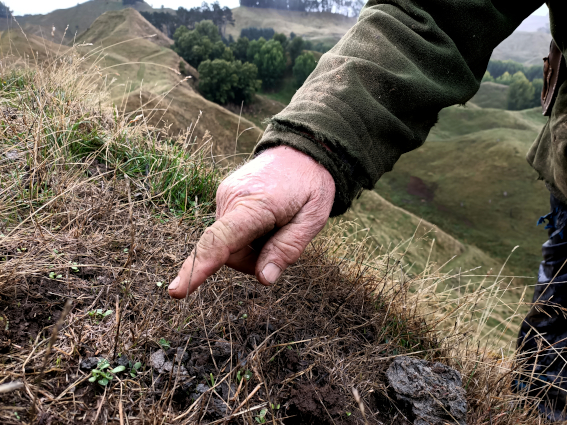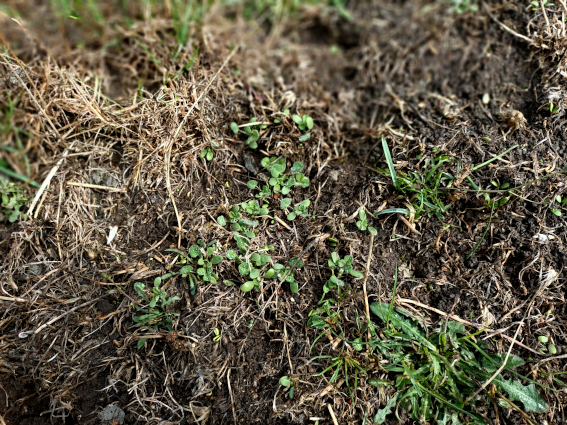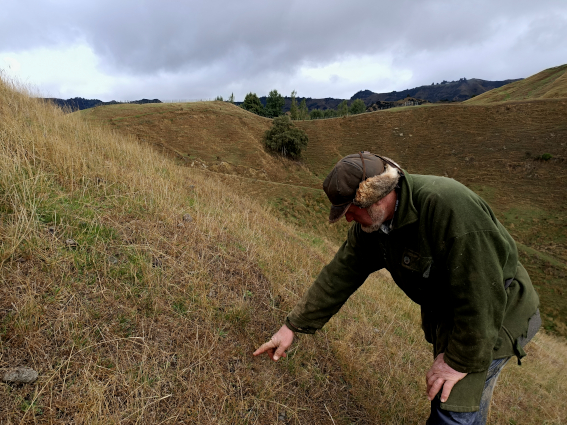After my last blog post Andrew Peters from Taihape responded with his experience of increasing sub clover on farm.
About 20 years ago he started putting “some” sub clover in with his fertiliser. I asked Andrew what that meant? “The loader driver was given a rat bait container and told to put one in each load of fert.”

Andrew says he did this for the about four years but now targets specific areas of his farm. The areas are medium to steep hill country at 600-750 m a.s.l. on a northerly aspect and shallow yellow brown sandy loam soils. This summer the drought started in January so Andrew rotated hinds and fawns around the paddocks in January and February.
The harder you can graze the herbage off at that time the more opportunity you give for the sub clover to germinate after it has after several days of light rain as you’ve opened up the sward. Sub clover is often the first plant to respond to late summer/autumn rain so letting the emerging seedlings build cover now is important. It can then be grazed hard in mid-winter and then left to recover until needed to meet increasing animal demand spring.

In these paddocks Andrew has hinds and fawns set stocked in November and December before the clover flowers and sets seed. He said “at times there is a mass of white flowers setting seed” in late spring. The key thing for Andrew was knowing where he could grow sub clover and then managing the plant after he had introduced it onto north and west facing slopes. For sheep and beef farmers a large mob of ewes or lambs in mid-summer drought would remove remaining tag and encourage the sub to re-establish each autumn.
